 Chives, dandelions, and rosemary in this picture. All edible no-fuss plants anyone can grow.
Chives, dandelions, and rosemary in this picture. All edible no-fuss plants anyone can grow.
After a couple years on our rural homestead, I have come to value certain things more than I did in the city. In the city, I was never isolated. If I ran out of something and our vehicle was snowed in, it was a short time before a snowplow came or I could walk to a store. Not to mention, there were plenty of neighbors. Country life is quite different. A walk to the store is many miles on a road with no shoulder. Neighbors are sparse and far away. And if you do make it to town, there is one store, so if the shelves are cleared out, you’re out of luck.
I’ve always been pretty pro-stockpile. As a mom of Many and a big planner, keeping a prepper type collection of goods is in my nature. And it has come in handy.
The importance of my stockpile became very clear recently during the Covid-19 quarantine. I was terribly sick the month BEFORE the quarantine and couldn’t get out to shop. Because of me being out of commission on errand running, we burned through a huge chunk of the pantry and goods closet. And then quarantine hit right at the time I desperately needed to restock. But the stores were empty. It was difficult to say the least. When you have a large family of young children and really need things, and there is literally no food in town to buy, things get stressful. Next time we get stuck in isolation, it will hopefully be late summer when our garden and crops are in full production mode to feed us!
So here is my minimum requirement for an isolation stockpile for being trapped on the farmstead. It is not exhaustive. I am not a doomsday prepper. But having a lot of children and living in the boonies does require more planning than your average family of four living in suburbia.

Basic Stockpile Must-Haves to Get Your Family Through Hard Times
Spend a couple years creating this collection of useful items for isolation.
Dry beans
Amazingly, there are a lot of people who have no idea how to prepare dry beans. Which I suppose is why there is such a plethora of overpriced canned beans out there. Dry beans made up the bulk of my diet for many years. (It was lean times, unfortunately.) They keep for years, offer protein and fiber, and take up little space in the pantry.
Rice
Any rice will do really. I prefer parboiled for its ability to maintain a consistent texture in soups and stews. I need to cook large batches of food for a big family on a limited budget, so I make a lot of stews. Popping corn is also a long time shelf stable grain to keep around for calories. Most other whole grains go rancid rather quickly.
Water Filtration
This one is a no brainer I suppose. We are rural and have two wells on our property. We have the regular well connected to the house, but when the power pump can’t work and we have lost utilities……no fear, we have the secondary well with the manual pump. After about 10 minutes of old school elbow grease pumping that lever, you will have fresh water. If you live in town, you need bottled water and a filtration system for rain water if push comes to shove.
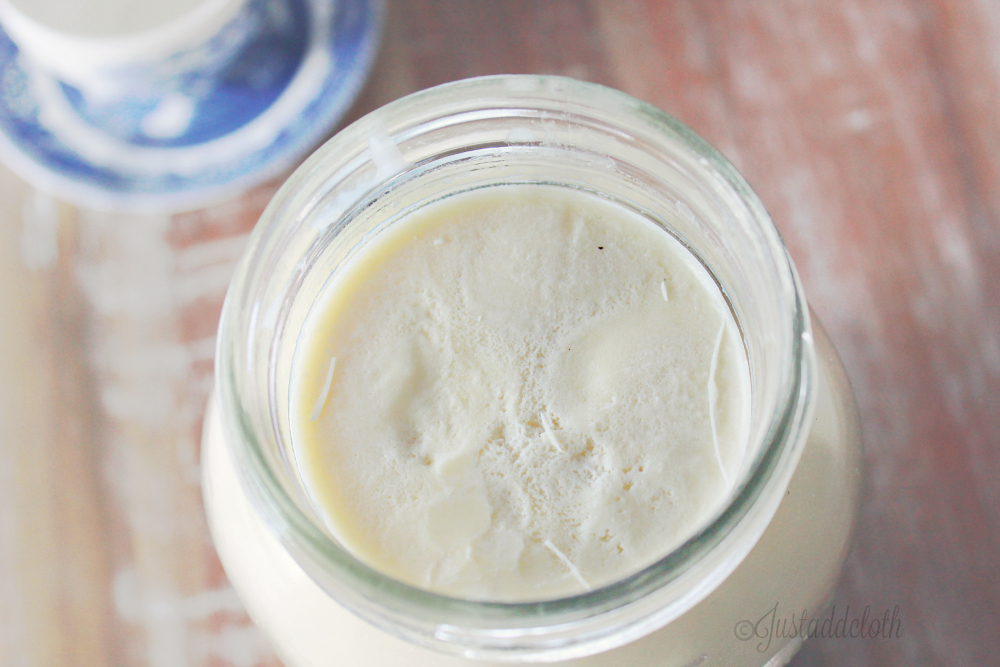
Lard/tallow
Why yes, you need a shelf stable fat source. Vegetable oils go rancid quickly. You want a large collection of rendered saturated fat. It can sit on the pantry shelf for a year, or even longer in your fridge. You can render your own tallow if you order beef straight from the rancher. Tallow and lard have many uses. 10 Uses for Your Rendered Beef Tallow
Bar Soap
Firm soap bars last far longer than body wash and clean better. Ignore those “beauty bars” in the typical store and get real lye soap. You can get it at farmers markets or natural food stores. I suggest making your own lye soap in large batches. It is economical and a great lesson in chemistry for the kids. Be careful with that lye though.
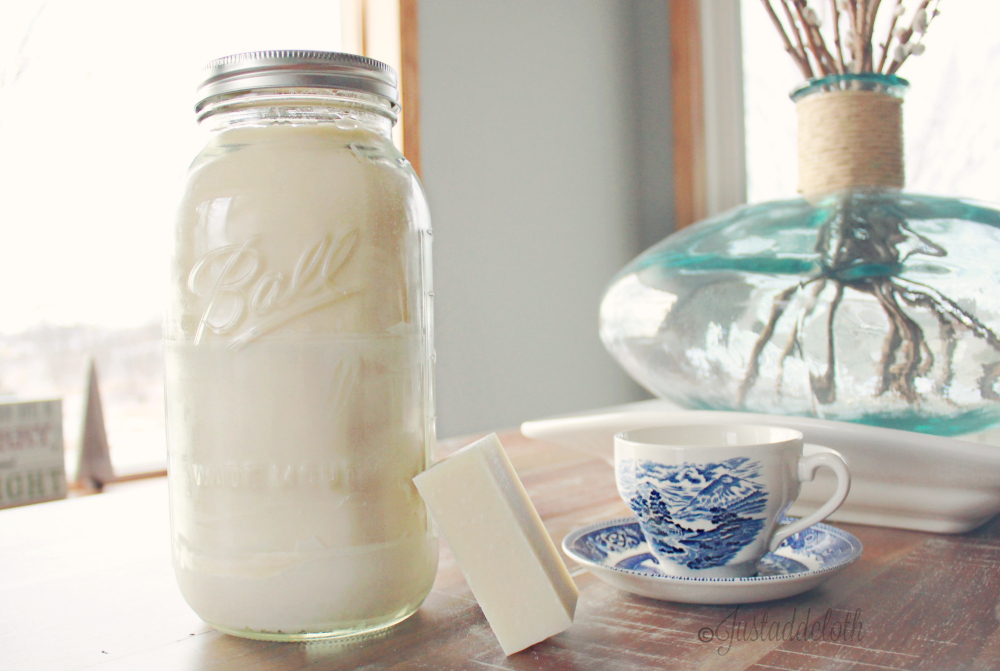
Cloth wipes
The toilet paper crisis of 2020 has been amusing for some and horrifying for others. Those of us in the cloth diapering community have been ready for this for years. Cloth wipes with cloth diapers just makes sense, but once you start using cloth wipes, you find plenty of other uses than wiping baby butts. Obviously, they are a reusable alternative to toilet paper. And get you cleaner as well. We also use them as facial tissues to blow noses, dust rags, cleaning rags, and whatever else you need a paper towel for. If you think this is gross, you should rethink your laundry routine. Putting skid-marked underwear in your washing machine is no less gross than washing cloth diapers, toilet wipes, or handkerchiefs. I trust my washing routine to get it all clean. Here is how to make your own cloth wipes.
Flour sack tea towels
Those thin cotton tea towels come in handy for far more than drying your dishes. The cotton makes for good wound care rags, dust rags, baby blankets and cloth diapers.
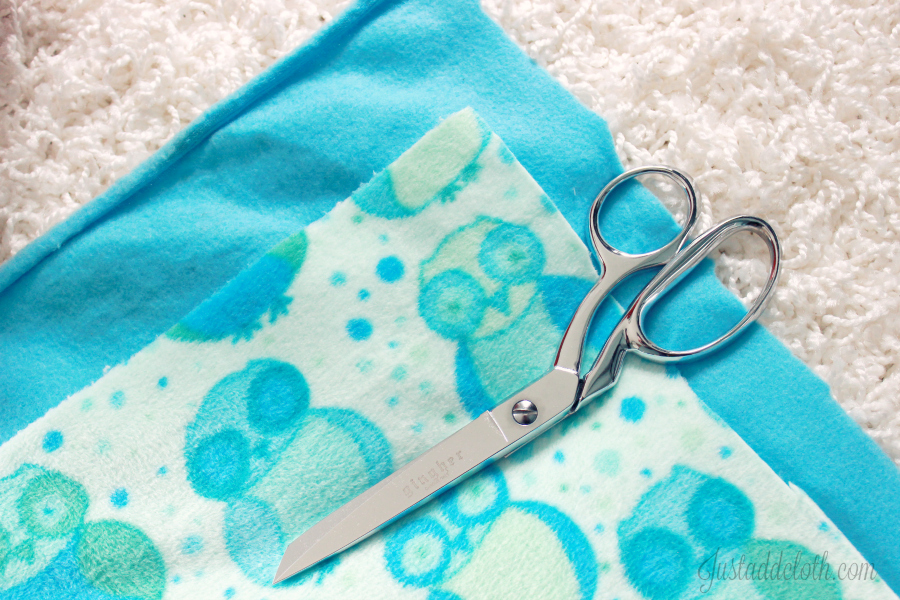
Blankets
Every kind of blanket. Cotton and other natural fibers are more breathable, so old blankets of these fabrics are good for clothing, wound care, babies, and diapering. Fleece and poly blends are more durable for fabric that can last years, even out in the elements. You can deconstruct blankets for projects, clothing, diapers, and toilet wipes.
Vinegar
Vinegar has long been used as a cleaning agent in addition to salad dressing. It can also be used as a laundry aide, disinfectant, and a hair rinse to replace conditioner.
Baking soda
Yes, for baking, But also as a cleaning scrub, making your own laundry detergent, mixing in a glass of water as an ant-acid medicine, and shampooing your hair. (Look up the no-poo movement.)
Large buckets
The five gallon utility buckets at any home improvement or hardware store come in handy for lots of things. We have washed laundry in them, used them overturned as chairs, drilled holes in the bottom to use as plant pots for gardening and even used them on their sides as nesting areas for chickens. Not to mention all of the uses around the farmstead for hauling things. We have buckets dedicated to hauling compost, manure, animal feed, walnuts, apples, and have even used watering nipples to turn some buckets into water stations for our animals. There are always buckets everywhere on our property.
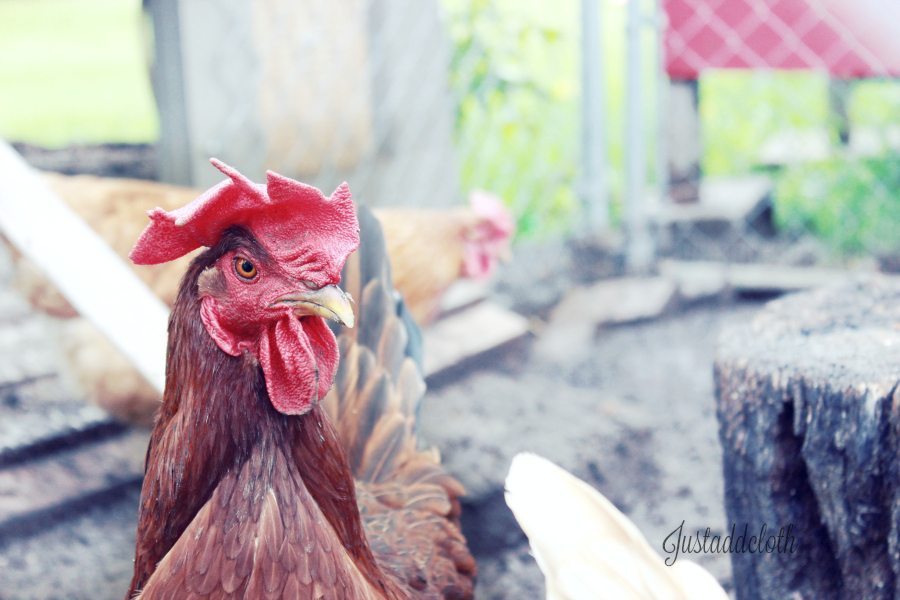
Chickens
And a rooster if you live rurally or your town allows it. We have multiple kinds of fowl for eggs and meat, but chickens are by far the easiest to care for and lay the most eggs. In non-winter months, our chickens barely need any feed since they forage off the pasture and they still lay a ton of eggs. You don’t need a big flock like we have either. Just one roo and a few hens can create a self-sustaining egg and meat machine if you hatch a few eggs each spring.
In addition to fowl, I suggest a pair of boning shears just in case you need to slaughter a bird for meat. The shears just make cutting through to gut the bird easier for those who are more squeamish. Endless eggs came in handy when stuck on your property for several weeks.
Duct tape
Self-explanatory, right? I mean, we all joke about using duct tape for everything, but in a pinch, it really can do a lot. It is a good thing to even have in your first aide kit. Duct tape can hold a wound together until you can receive proper care and it can smother warts for removal.
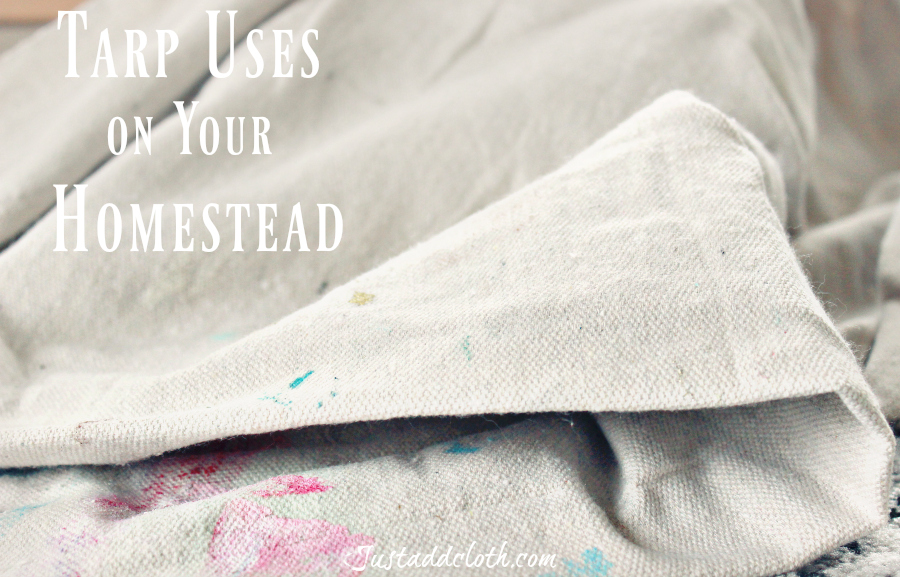
Tarps
Every kind of tarp can come in handy when you are in dire straights. Blown out windows can be covered, damaged roofs can be protected. Need a tent? You already have one with a tarp. Just get creative. They also are useful with the homestead gardening and chickens. See Important Uses for Heavy Tarps on Your Homestead.
A Real Knife
OK, I know that sounded judgy about your knives. I only have crap knives in my kitchen. And then my husband added to the collection with ridiculous hunting knives that do not look like they belong in a kitchen, but he has a point. You need a knife.
A sturdy sharp buck knife. It is amazing how many people don’t have a functional knife. It will come in handy if you are suddenly cooking from scratch for the first time. Not to mention cutting twine, tarps, or slaughtering for food.
Perennial edible plants
The great thing bout perennials is they come up every year without no extra work from you. Plant a multitude of perennial herbs and vegetables all over your property. There are a bunch of people already have growing without even thinking about it. Chives, rhubarb, ramps, several herbs, mints, alliums, dandelions, nettles, hibiscus, the list goes on. Six Ways to Enjoy Rhubarb this Season
Sewing kit
A simple sewing kit to hand stitch some things is always needed, but especially if you cant buy anything new for a while. You will want to mend clothes, make simple items, and maybe even need to try your hand at medical stitches in a sticky situation.
Obviously, there are a zillion other things we can all add to this list, but I was going for some simple items that not everyone thinks about. Especially when it comes to long time isolation. Hoarding toilet paper is very short sighted when it comes to a family hitting truly hard times. What are your plans for the day the toilet paper runs out?
Going big on a self-sustaining homestead really brings things home when it comes to thinking about these things. We ran out of TP and perishable food rather quickly due to a larger family and our only local store was cleaned out every day. I can tell you that even though my preparedness is pretty good compared to average, I will be beefing up my pantry on a more regular basis from now on.

